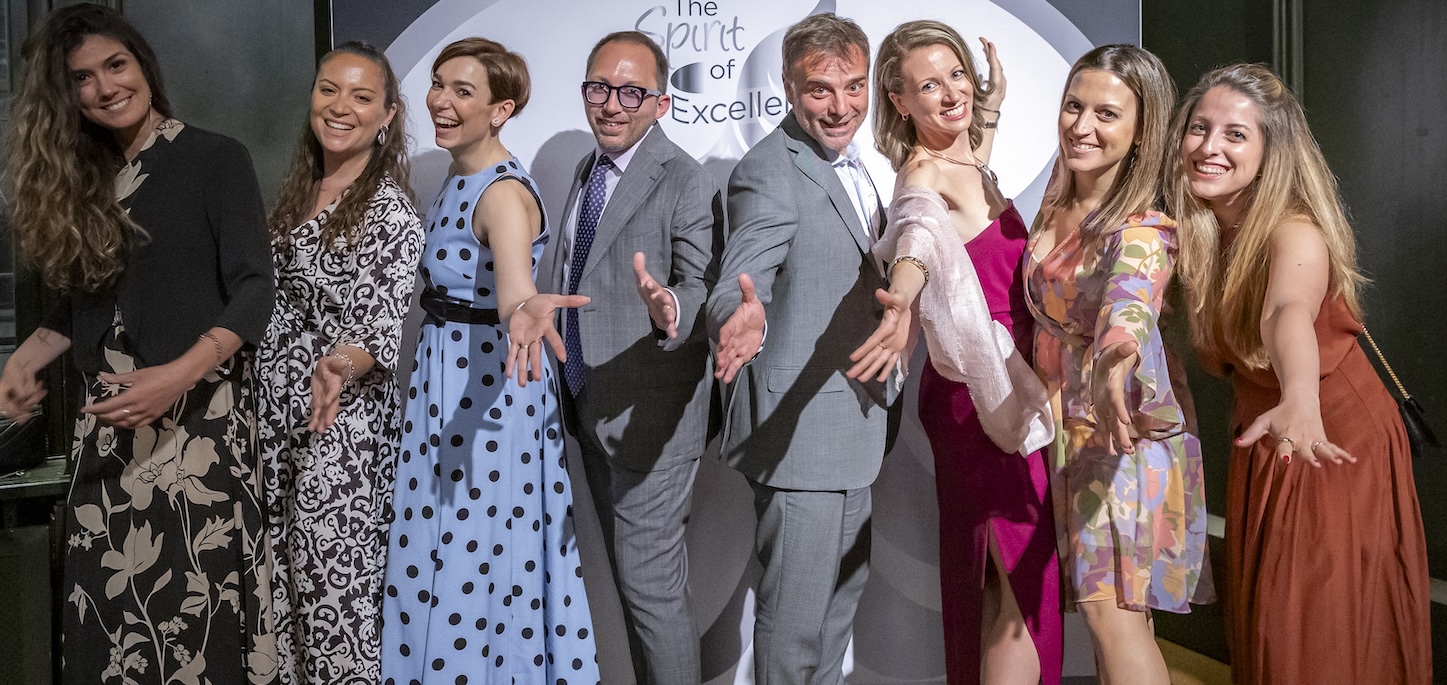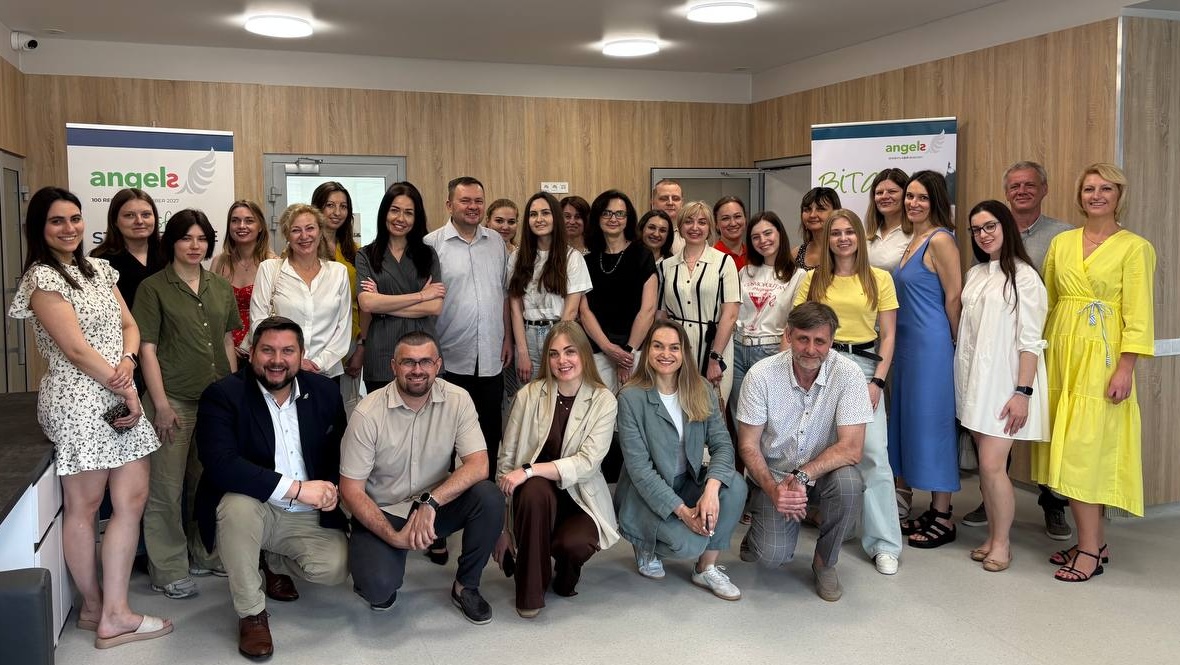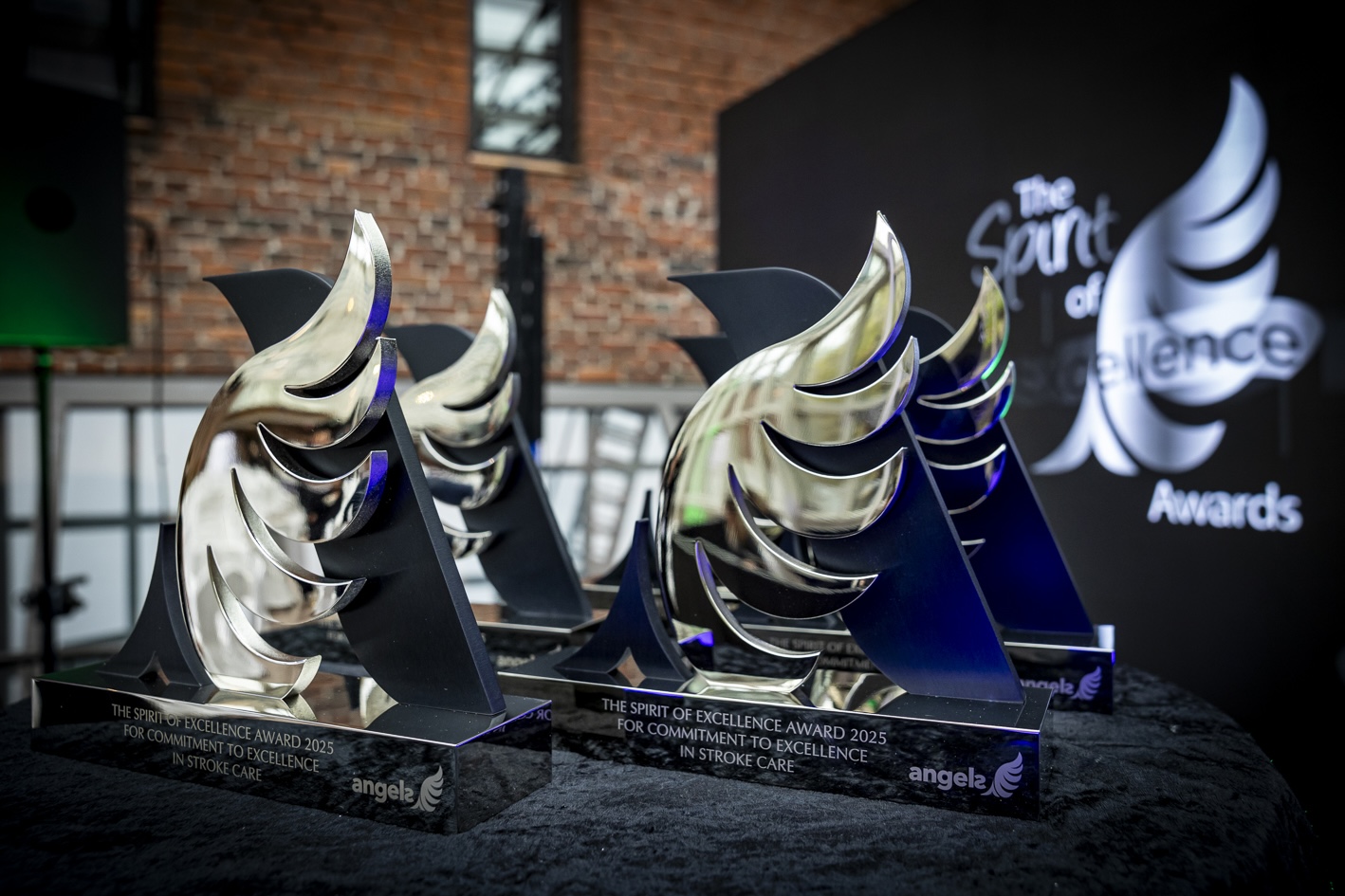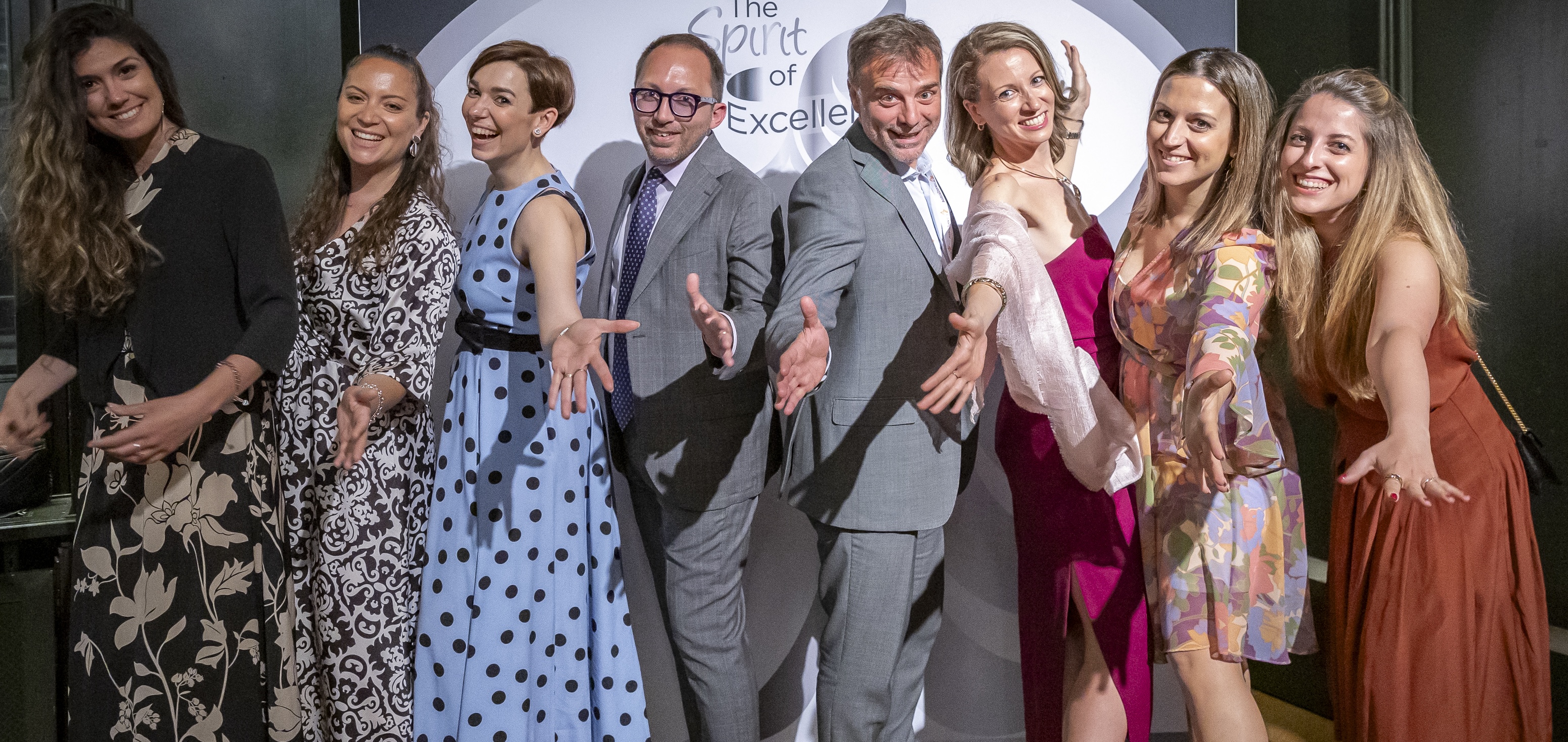
Paolo Candelaresi는 3살 때 Metallica가 빠른 길에 사는 것에 대한 노래인 크고 격렬한 “Motorbreath”가 등장하는 첫 번째 곡을 기록했습니다. 40년 간 그는 응급 신경과 전문의인 이유를 설명하기 위해 긴박함과 강렬함을 불러 일으킵니다.
중금속 리콜이 조금 바스락거리는 경우, 다음은 시작 가사입니다.
생활 및 죽음, 웃음 및 울음
한 번 본 후에는 절대 똑같지 않을 것입니다.
빠른 길에서의 삶은 단지 그렇게 보이는 것입니다. . .
이제 분당 174회의 놀라운 비트에서 플레이하고 아이디어를 얻었다고 상상해 보십시오.
43세에, 칸델라레시 박사는 두 세대의 뇌졸중 신경과 전문의들, 즉 회의적인 새로운 치료 옵션을 보는 경향이 있는 신경과 전문의들과 열정과 중재주의적 사고방식을 가지고 혈관 신경학에 접근하는 젊은 코호트들 사이에 속합니다.
14년 전 헬싱키 대학병원에서 2개월 간의 인턴십을 통해 그가 나를 일치시킬 수 있는 세대는 세계에서 가장 효율적인 급성 뇌졸중 회복망을 구축하는 것으로 유명합니다.
나폴리의 의대생으로서 파올로는 신경학과 뇌졸중에 매료되었습니다. Metallica는 나머지를 했습니다. 인생이 최고 속도로 살고 있다는 결정이나 아무것도 뇌졸중과 같은 급성 사건에서 1초씩의 의사 결정과 긴급한 개입으로 그를 놀라게 하지 않았습니다. 그러나 헬싱키(2010년 초에 바르샤바 ESO 뇌졸중 하계 학교에 참석한 후)로 초대받을 때까지 그는 급성 뇌졸중 치료를 목격한 적이 없었습니다.
그는 뇌졸중의 동화 속 학생으로, 자신이 알고 있는 출판 날짜를 담은 논문을 기고했지만, 헬싱키에서 처음 20초 동안 냉담한 용기를 얻었습니다.
20초의 냉담한 용기는 종종 Matt Damon 영화 We Bought A Zoo에서 인용된 줄로, 사람들이 두려움 없이 행동하도록 하기 위한 것입니다. 그러나 급성 뇌졸중을 치료하는 맥락에서, 이러한 용감한 농담은 삶과 죽음, 웃음, 울음의 차이를 의미할 수 있습니다.
“환자를 치료하기로 결정하는 초는 편도 거리입니다.”라고 Paolo는 말합니다. “다시 돌아올 수 없습니다. 귀하가 맞으면, 환자는 호전될 것입니다. 잘못되었다면 좋은 결과 나오지 않을 것입니다.”
헬싱키는 Paolo의 경력에서 중요한 시점이었습니다. 인턴십이 끝났을 때 그는 헬싱키 모델을 구현하고 자신의 직인을 붙일 수 있는 병원을 찾기 시작했습니다.
한 번 본 후에는 절대 똑같지 않을 것이기 때문입니다.
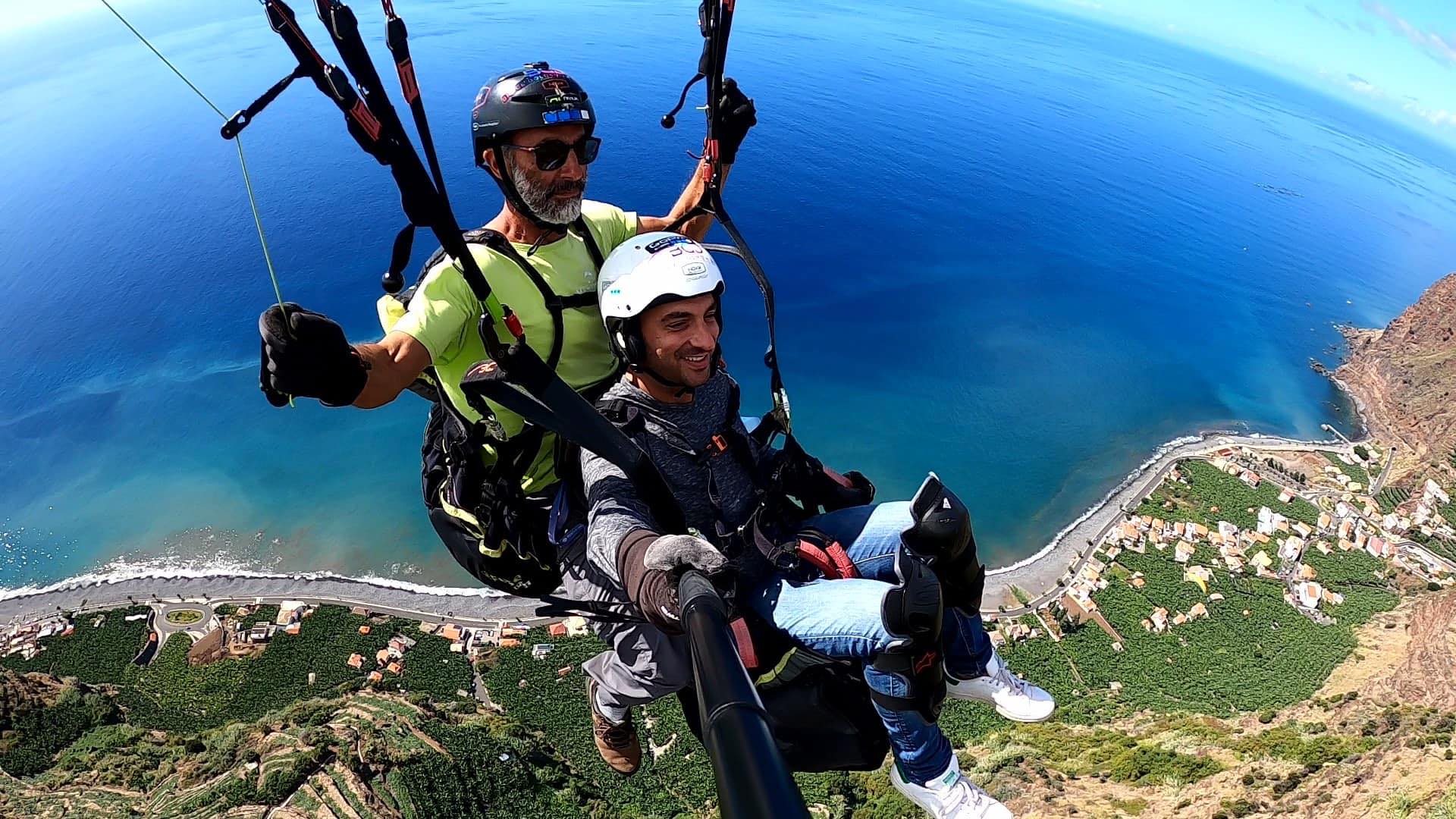
3세대
Antonio de Mase 박사는 젊은 혈관 신경과 전문의로, 20초의 냉담한 용기가 사고와 행동 사이의 공간입니다. 그는 그 아이디어와 영화에서 본 것을 좋아했기 때문에 의사가 되었습니다. 그는 응급 상황에서 일하든 진단 및 연구에 집중하든 원하는 종류의 삶을 선택할 수 있는 옵션을 제공하기 때문에 신경학을 선택했습니다. 그는 다시 같은 선택을 할 것입니다.
34세의 아버지는 2022년에 Hospital Antonio Cardarelli(HAC)에 합류했습니다. 왜냐하면 이 병원은 그가 찾고 있던 병원의 종류였기 때문입니다. 이 병원은 항상 개선을 향해 나아가고 있는 바쁘고 잘 조직된 병원이었습니다.
남부 이탈리아 최대의 병원인 HAC는 이탈리아의 주요 뇌졸중 센터 중 하나이며 7회 연속 ESO Angels 다이아몬드상을 수상했습니다.
Paolo Candelaresi가 2017년에 처음 이곳에 도착했을 때, 그는 2010년에 헬싱키에서 배운 것을 재현할 수 있는 병원을 찾고 있었습니다. HAC에서 그는 자신의 세대에 대한 기대를 거부하는 의사를 찾았습니다.
Vincenzo Andreone 박사(62)는 이르게는 90대에 HAC에서 뇌졸중 교육을 도입했습니다. 그는 병원에서 첫 뇌졸중 경로를 개발하여 응급 상황과 관련된 분야로서 신경학에 대한 생각에 저항한 동료들의 회의심을 끄덕이며 최초의 혈전용해 치료를 개척했습니다. 가장 중요한 것은, Vincenzo는 Paolo와 같은 젊은 세대의 의사들과 HAC를 혈관 신경학의 현대적인 센터로 전환할 수 있는 잠재력을 믿었으며, 대부분의 환자들이 가능한 최상의 포괄적 치료를 받을 수 있었다는 것입니다.
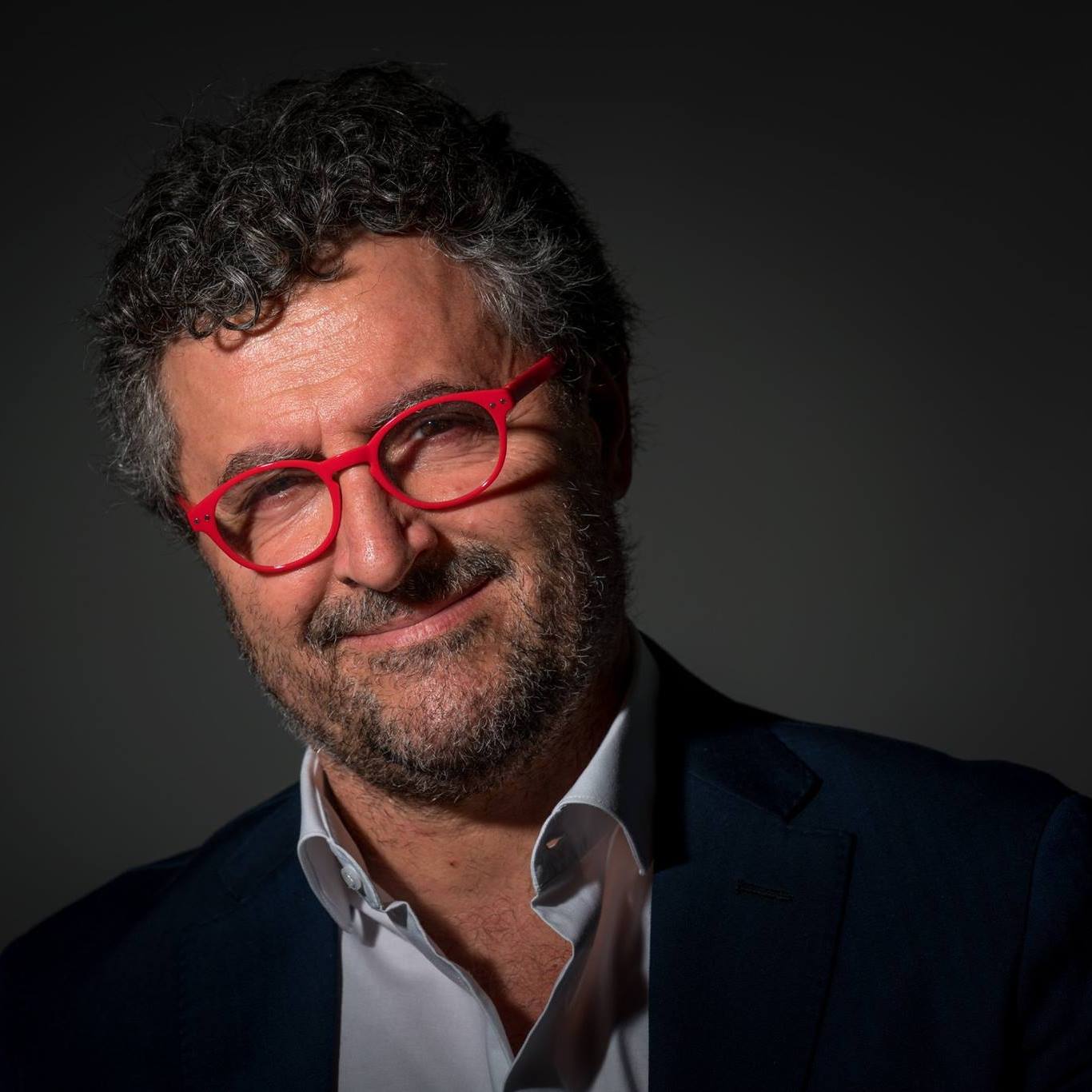
변화가 빠른 레인으로 이동
2021년, Vincenzo가 HAC의 신경학 및 뇌졸중 병동 책임자가 되었을 때, 변화는 빠른 레인으로 이동했습니다. 동시에 품질 모니터링 이니셔티브인 MonitorISA에 참여함으로써 성과와 개선 대상 영역을 분석하는 데 도움을 얻었습니다. Vincenzo와 Paolo는 CT 치료를 우선 조치로 채택한 새로운 뇌졸중 치료 경로를 위해 협력했으며, 헬싱키 모델을 이탈리아 남부 최대의 병원에 도입했습니다. 혁명은 끝났습니다. 이 병원은 2021년 지난 분기에 첫 ESO Angels 어워드를 수상했으며, 그 이후로 다이아몬드 분야에서 낙원해 왔습니다.
프로토콜 변경은 DNT 중앙값을 42분으로 감소시켰다. ESOC 2023에서 발표된 연구에 따르면, CT를 투여받은 환자는 2시간, 24시간 및 퇴원 시 더 큰 조기 신경학적 개선을 보였으며, 3개월 시점에 우수한 결과(60.1% 대 42.8%)의 가능성이 유의하게 더 높은 것으로 나타났다.
뇌졸중팀 연간 1,000명의 환자를 치료하고 데이터를 수집하는 대규모 과밀 병원에서 임상 진료와 연구를 결합하는 것은 어려울 수 있습니다. 그럼에도 불구하고 HAC 팀은 PRECIOUS, TICH 3, ESCAPE-NEXT를 포함한 주요 연구에 참여하고 있으며, 헌신적인 젊은 신경과 전문의들의 뛰어난 정신과 Vincenzo와 같은 숙련된 가이드의 감독으로 연구 능력이 크게 향상되었다고 Paolo는 말합니다.
HAC는 여전히 2022년에 Antonio de Mase가 찾고 있던 병원입니다. 이는 "성장, 보다 복잡한 도전, 더 많은 시험과 연구 수행, 학습, 아이디어가 있는 사람들과의 연결에 대한 갈망"을 충족시킵니다. 아직 다음 단계를 진행할 시간이 아닙니다.
그는 낯선 사람에게 또 다른 삶의 기회를 줄 수 있는 20초의 용기가 넘쳐나온다고 말합니다. "핵심은 과하게 생각하지 않는 것입니다."
“항상 참석해야 합니다. 이는 새로운 것 또는 다른 것을 하는 것이 아니라, 프로토콜계획서를 따르고, 행동하고, 너무 많이 생각하지 말아야 합니다. 매번 마지막 혈전용해술은 놀랄 만큼 용기 있는 마지막 순간이었습니다.”
